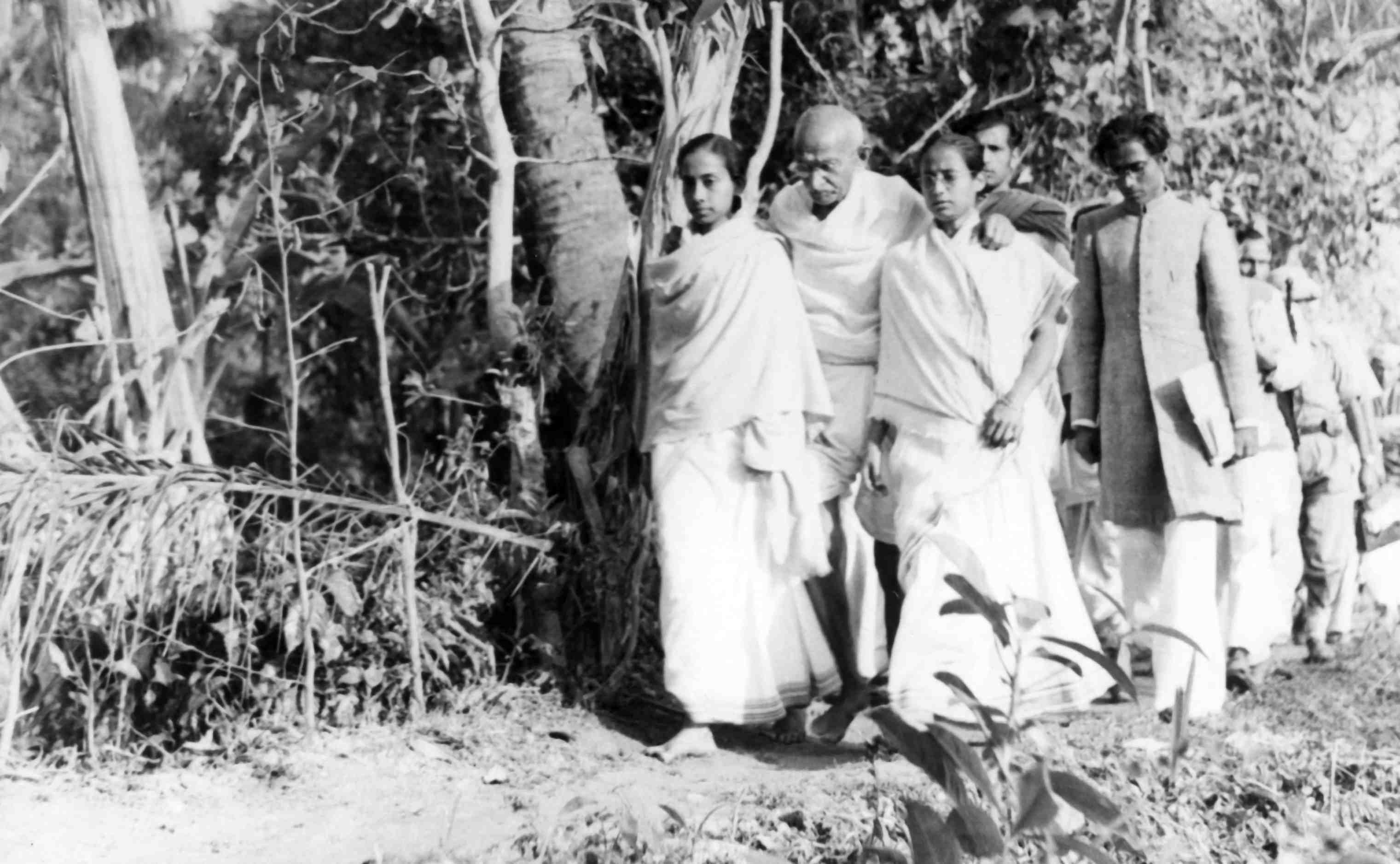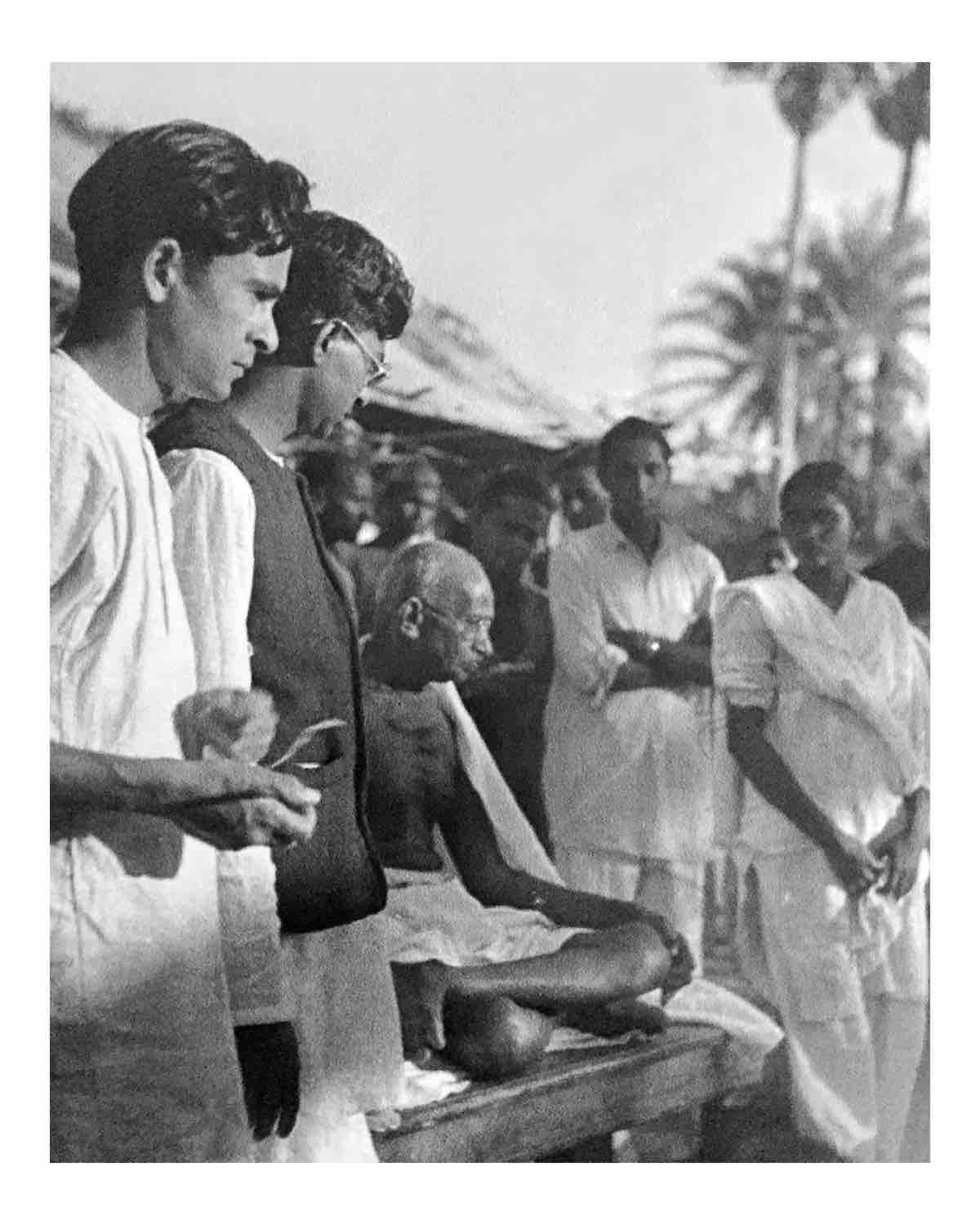



The revenue department of the government of Maharashtra revealed that 422 farmers had killed themselves by the first week of December 2014. There were 77 suicides in Beed, the home district of former union minister Gopinath Munde, 44 in Nanded which is the former home district of former chief minister Ashok Chavan and 18 suicides took place in Latur, the home district of another former chief minister Vilasrao Deshmukh. The farmers were culling themselves because they were simply unable to cope with debts accrued and crop losses due to sparse irrigation and mitigating rain fall. The Vidarbha Janandolan Samiti (VJS) an NGO following farmer suicides recorded 1022 deaths in the cotton belt of Maharashtra alone. Mercifully the current chief minister has acknowledged these suicides and promised to garner a Rs. 4,500 crore (Rs. 450 million) financial package from the federal government.
The number of suicide cases by farmers as reported in the Parliament have increased to 1,109 in 2014, with the majority of deaths in Maharashtra. There were 986 in Maharashtra, 84 in Telangana and 29 in Jharkhand. There were 879 farmer suicides in 2013, while 1,046 had killed themselves in 2012. The minister of agriculture has revealed that the reasons for these tragic deaths are crop failure, indebtedness, drought and socio-economic suffering. The national Crime Records Bureau (NCRB) however has reported that the number of farmer suicides came down from 13,754 in 2012 to 11,744 in 2013. Most of these farm deaths were because of debt, sharp rise in input costs, water scarcity, price volatility and crop failure due to pests and disease. Five states account for two-thirds of farmer suicides in India; this dubious distinction goes to Maharashtra, Andhra Pradesh, Madhya Pradesh, Chhattisgarh and Karnataka. Maharashtra, India’s richest state has topped this grim list for 12 consecutive years. We must also keep in account blatant fudging of deaths. For instance when Chhattisgarh reported nil farm suicides in 2008 and 2009, there were 826 and 851 deaths in the column assigned to “self-employed others”.
The situation in the state of Chhattisgarh has been always been grim. It has the highest rate of farmer suicides at 6.5 per 100,000 population; Maharashtra come second at 4.3, Kerala third with 3.4, followed by Andhra Pradesh and Karnataka. Kerala comes up tops if the figure is calculated as “suicide mortality rate” (SMR); the number of farmer suicides per 100,000 farmers. Kerala has more than 190 per 100,000 farmers while Maharashtra and Chhattisgarh follow at 51 and 45. The number of farmer suicides in Chhattisgarh increased form 1483 in 2006 to 1593 in 2007 (source NCRB).
The Intelligence Bureau (IB) put up a note to the federal government in December 2014 that there was a rising trend in farmer suicides in Maharashtra, Telangana, Karnataka and Punjab, and that suicides had occurred in Uttar Pradesh, Gujarat and Tamil Nadu too. The main reasons were attributed to rising debt, outstanding loans, low crop yield, poor procurement and crop failure. The IB note also emphasized that government financial relief packages would be of limited benefit, as they do not address the issue of the plight of the farmers who have borrowed money from private moneylenders at interest rates as high as 50%. The note suggests that a comprehensive solution consisting of loan from banks, better irrigation, cold storage of crops, fair pricing policies, would be a better prescription in long term.
Most farmer suicides are repeatedly observed in areas cultivating cash crops such as cotton, sugar cane, rubber, coffee and jute. The problem is that albeit these crops may provide a sizable profit margin, they also require cash investments that the lakhs of small farmers are compelled to borrow, and then invariably become victims of inadequate rains, little or no irrigation, crop failure and market fluctuations.
The astounding situation of almost 300,000 farmers having killed themselves in less than 2 decades has somehow escaped the consciousness of this nation. This has occurred despite detailed reporting by intrepid many journalists. The political class has exploited this major lapse in involvement of the general public. Many more people in the metros of India will be aware of the latest cricket match in the Indian Premier League than the wretched situation of the farmers of India. Mr. Sainath has correctly pointed out that this country is full of political, social, economic, sports, film, and health columnists but one rarely come across an agriculture correspondent. It took the death of a farmer on a tree during a political rally in Delhi for the hyper-decibel TV channels to beam shrill “debates” on the plight of the Indian farmer for less than 36 hours; and even here the focus was largely if not solely on politics.
It is time that the general public becomes aware of the predicament that the small Indian farmer has been facing for more than twenty years. These farmers have not died of heart attacks, TB, cancer or malaria; they have actually killed themselves in the most horrendous way; consuming pesticides that result in a slow agonizing death. We need to stop and wonder at these suicides; if not be ashamed of our insensitivity and ignorance. We in fact live in times where discussing the quandary of a poor citizen of our own country is considered gauche, if not boring.
The Prince of England to his enormous credit on the contrary has been for years battling against genetically modified (GM) crops because he believes that the technology has contributed to the thousands of suicides by Indian farmers. Prince Charles has repeatedly referred to the appalling and tragic rate of small farmer suicides in India stemming in part from failure of GM crop varieties; the farmer was pushed into buying the far more expensive GM seeds that eventually failed to produce an adequate yield. He has also entirely divested away from fossil fuels and is the strongest advocate for the thwarting of climate change.
Where are the local champions? If The Guardian can initiate a campaign against usage of fossil fuel to prevent a catastrophe in the future why has no establishment responded to the cries of the poor Indian farmer? We do not have a Sahir Ludhianvi today amongst us who could shake not only the marrow of our bones but our souls:
“Zara is mulk ke rahbaro ko bulao
Ye kuche ye galiya ye mazar dikhao
Jinhe naaz hai hind par unko lao
Jinhe naaz hain Hind par vo haha hain
Kaha hai, kaha hai, kaha hai”
“Where be the leaders of this country
Show them these streets, lanes and view
Summon those who take such pride in India
Where are those who are so proud of India?
Where are they? O where are they? Where are they?
They all said that albeit Bapu has been shot dead, his words and actions would live forever. The Mahatma all his life had repeatedly said that the soul of India lay in its villages. He said,“ India lives in her seven lakhs of villages – obscure, tiny, out of the way villages where the population in some cases hardly exceeds a few hundred, very often not even a few score. I would like to go and settle down in some such village. That is real India, my India.” “India is made of villages but our intelligentsia has neglected them…village life must not become a copy or appendage of city life. The cities have to adopt the pattern of village life and subsist for the village. Today the cities dominate and drain the villages so that they are crumbling to ruin.” “ Behind the crude exterior you will find a deep reservoir of spirituality I call this culture. In the case of the Indian villager an age-old culture is hidden under an encrustment of crudeness. Take away the encrustation, remove his chronic poverty and illiteracy and you will find the finest specimen of what a cultured, cultivated free citizen should be.”
“We have got to show them that they can grow their vegetables, their greens, without much expense, and keep good health. We have also to show them that most of the vitamins are lost when they cook the leaves. We have to teach them how to economize time, health and money.” “ We are ourselves novices in village work. We have to deal with chronic disease. Patience and perseverance, if we have them, overcome mountains of difficulties. We are like nurses who may not leave their patients because they are reported to have an incurable disease.”
The Mahatma did not merely sermonize. He walked his talk all the time. He walked district after district in the winter of 1946/1947 in order to quell communal riots in Noakhali (now Bangladesh) when he was almost 78 years of age. Murder, rape, loot and forced conversions had taken place on a massive scale. Men and women feared not only one another but also their own shadows. Those were dark times. He swore to fast unto death if the Hindus of Bihar did not stop attacking Muslims over there. He had no army at his disposal, no administrative machinery to assist him nor could he clamp down section 144. The Bihar killings ceased. And the Mahatma walked bare feet. He wore no slippers or sandals. My Father was there; My Father recorded the naked feet of Gandhi ji who not uncommonly was abused by the citizens of Noakhali but also had on occasions pooh hurled at him. His grand daughter Manu Gandhi, his Bengali interpreter Prof. Nirmal Bose and his personal typist Parsuram accompanied the Mahatma. Gandhi ji’s personal secretary Pearey Lal was assaulted in a village called Batialpur. Dr Sushila Nayar was threatened by the Muslims to leave the same village but she refused. And why did the Mahatma walk without shoes? Because he said, “ I am ashamed to wear sandals because the average Indian has no shoes.”
I am sure Gandhi ji would have been distraught to see the current plight of Indian farmers. He would most certainly have been heart broken and done much more than merely report death statistics for newspapers, participate in TV debates, write shallow blogs, for the Internet, or wear designer kurtas and Nehru coats in the Parliament.
And above all the Bapu who warned us against politics minus principle, science without humanity, knowledge without character and business sans ethics would have agonized over the slogan “ Garv se kahon hum Hindustani hain.” It remains to be seen who will take up the cause for the lemmings of Incredible India.